That was actually something we’ve recently started focusing on more – a key insight we gained through the Rimowa Prize and our mentor Nic Galway, Senior Vice President of Product Design at adidas. He encouraged us to think beyond the functionality and to create a whole brand experience. The idea is for the product to not feel like a medical device, but something desirable and integrated into a lifestyle. It’s something you don’t just need and use, but actually want to have.
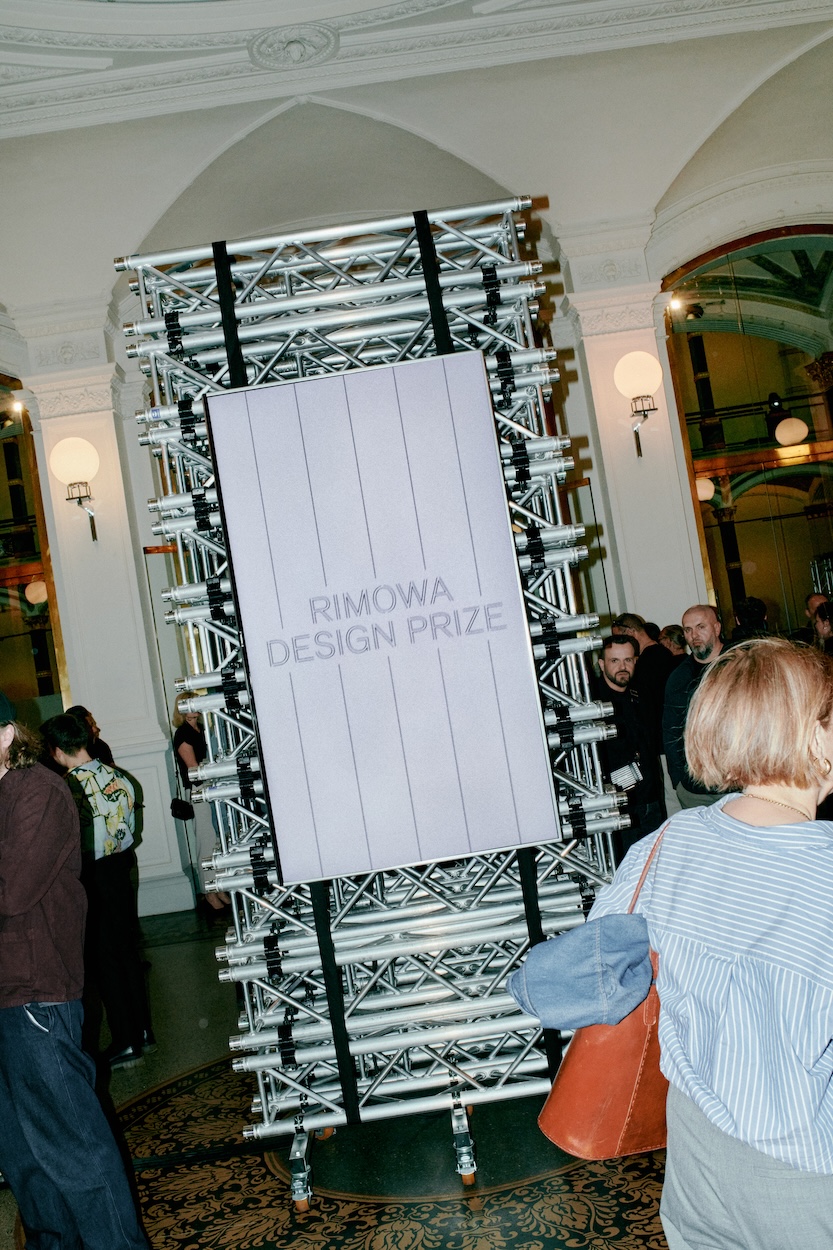
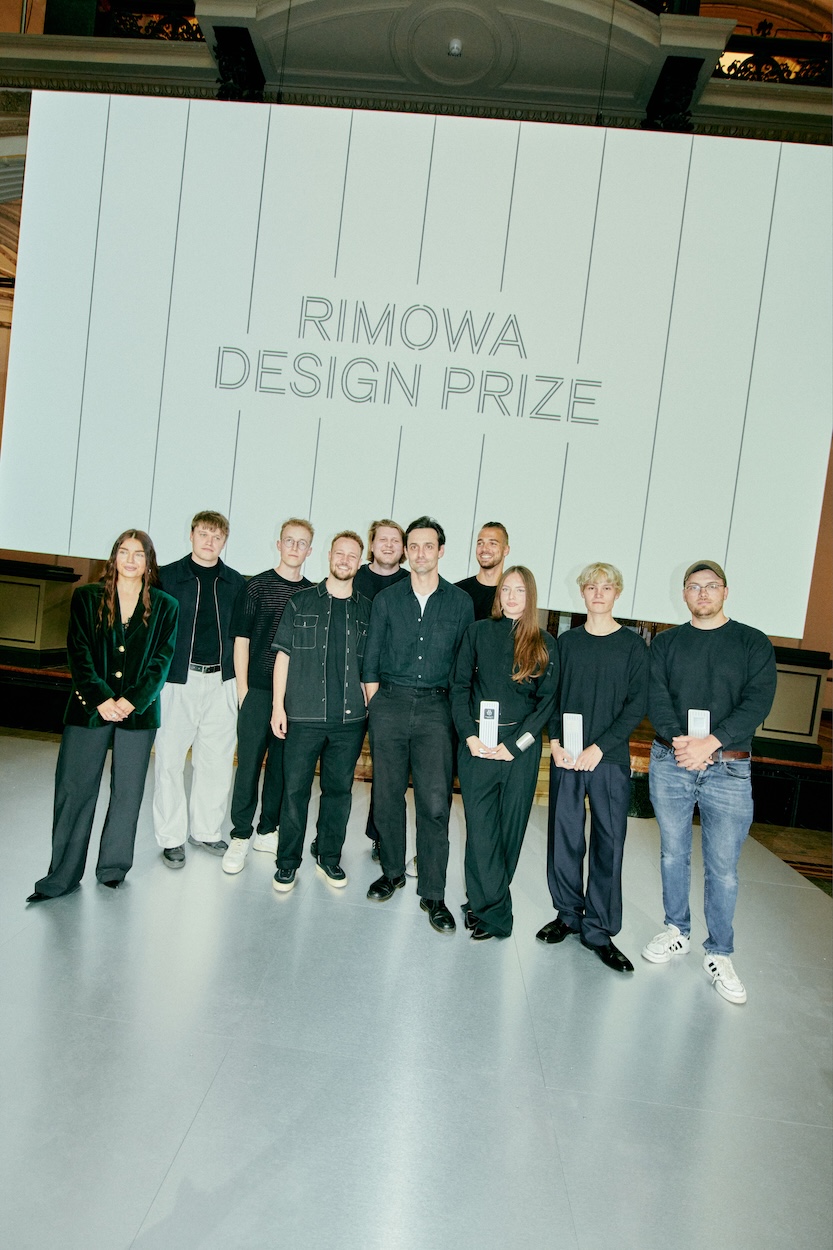
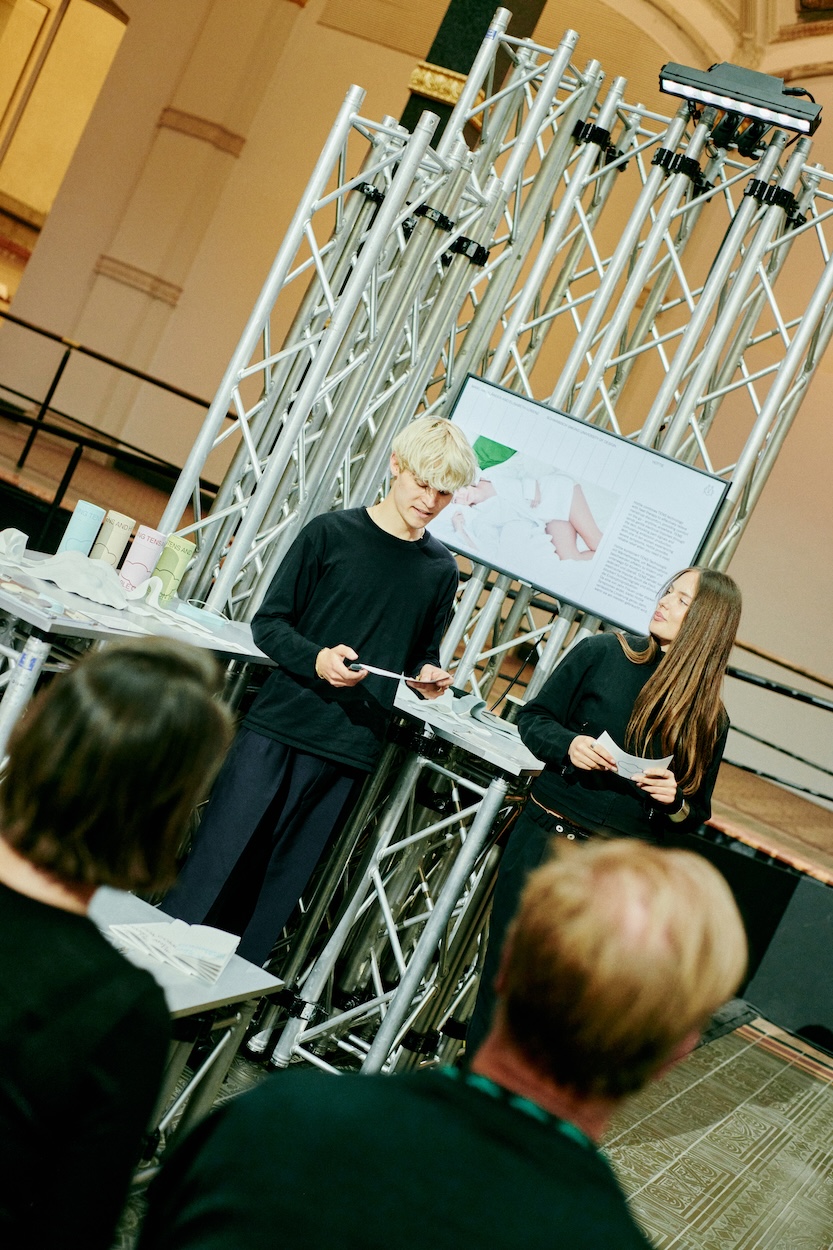
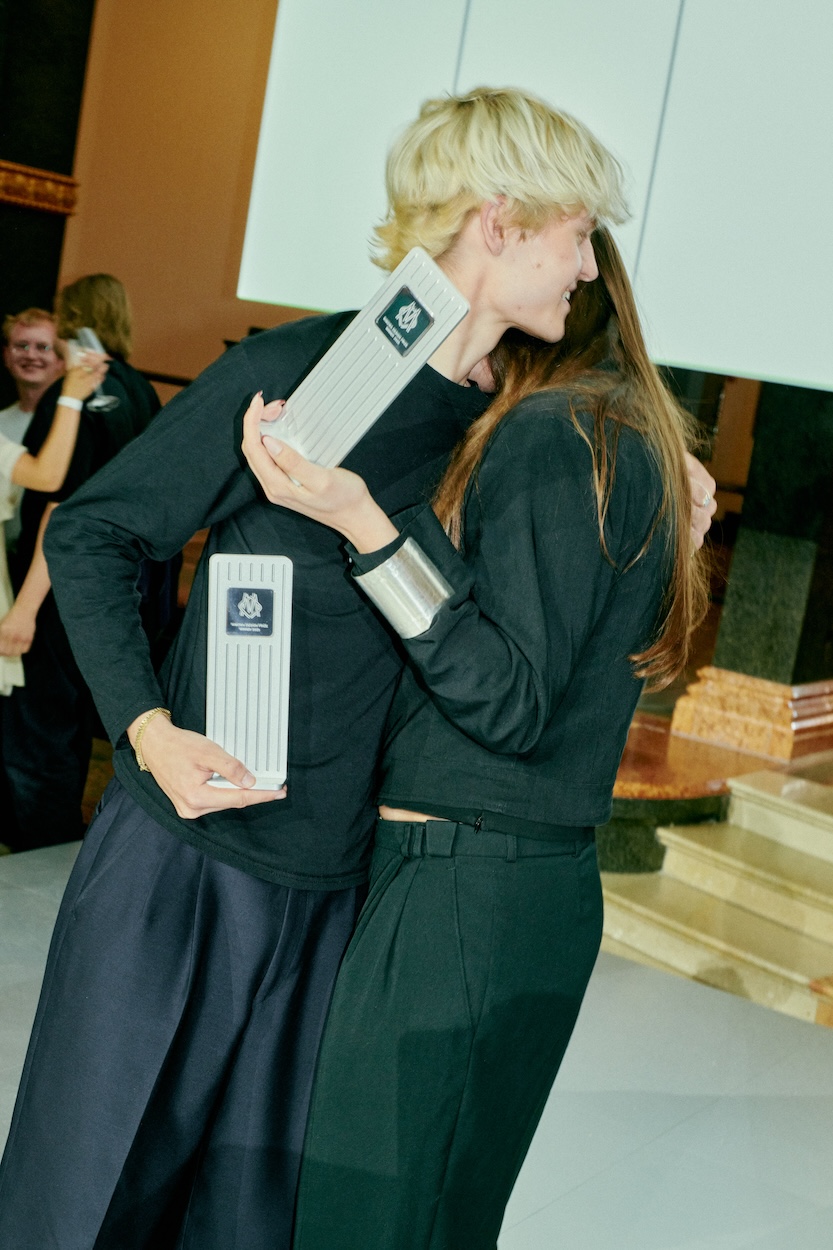
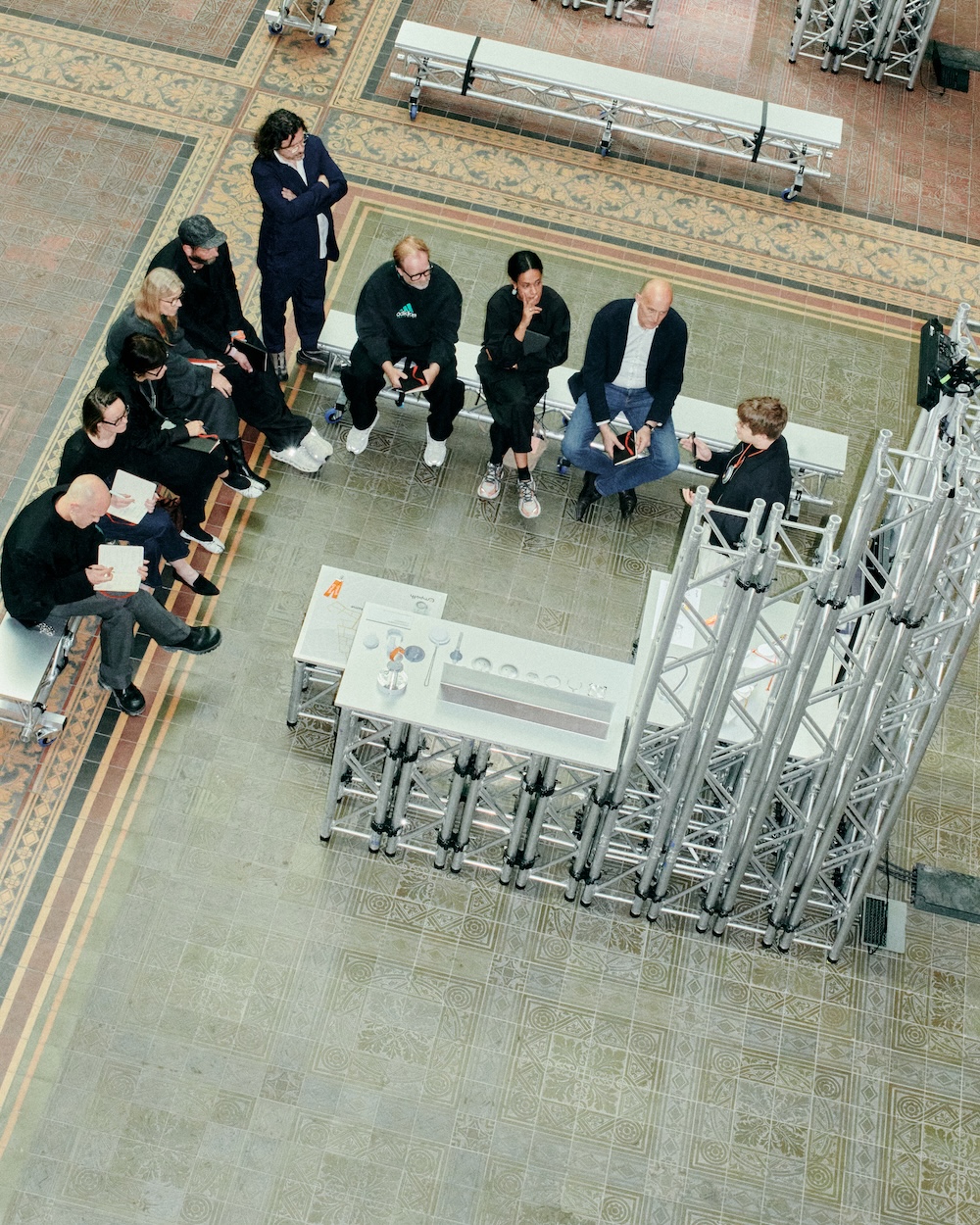
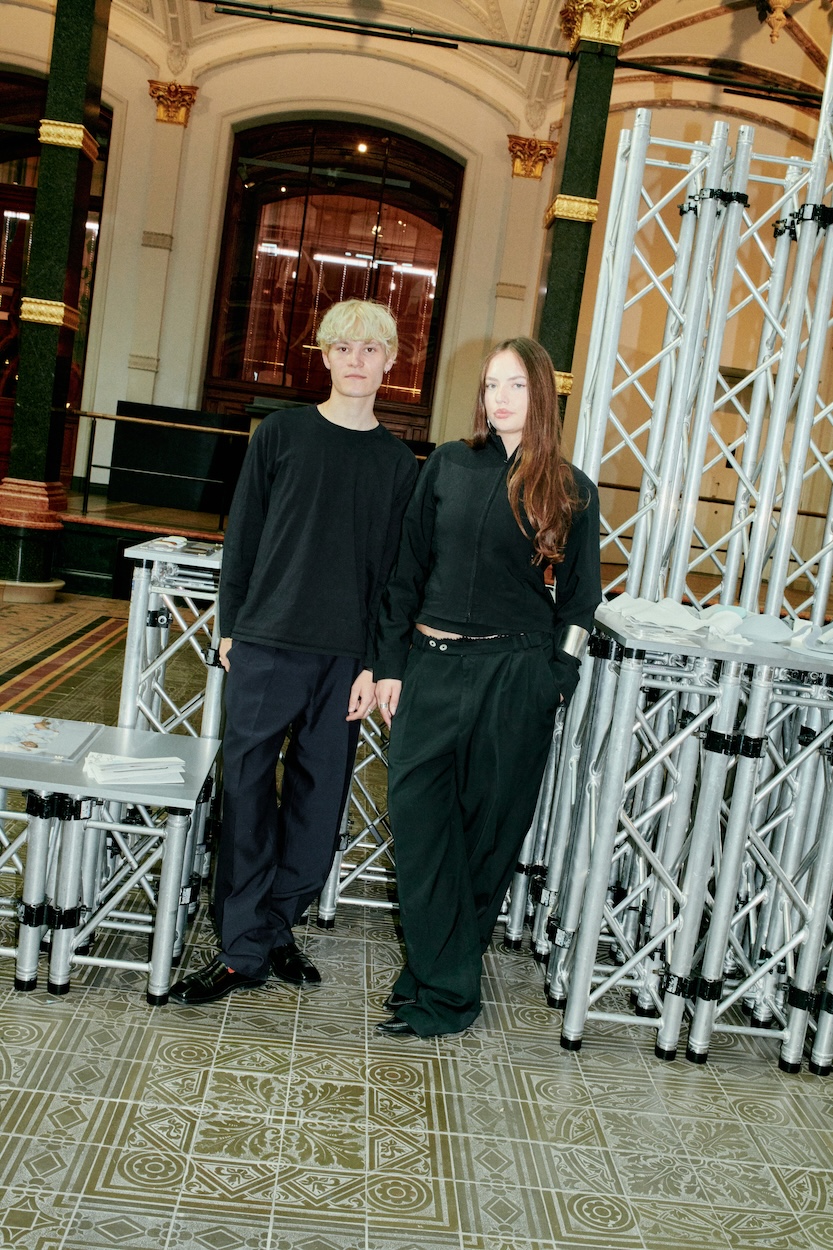
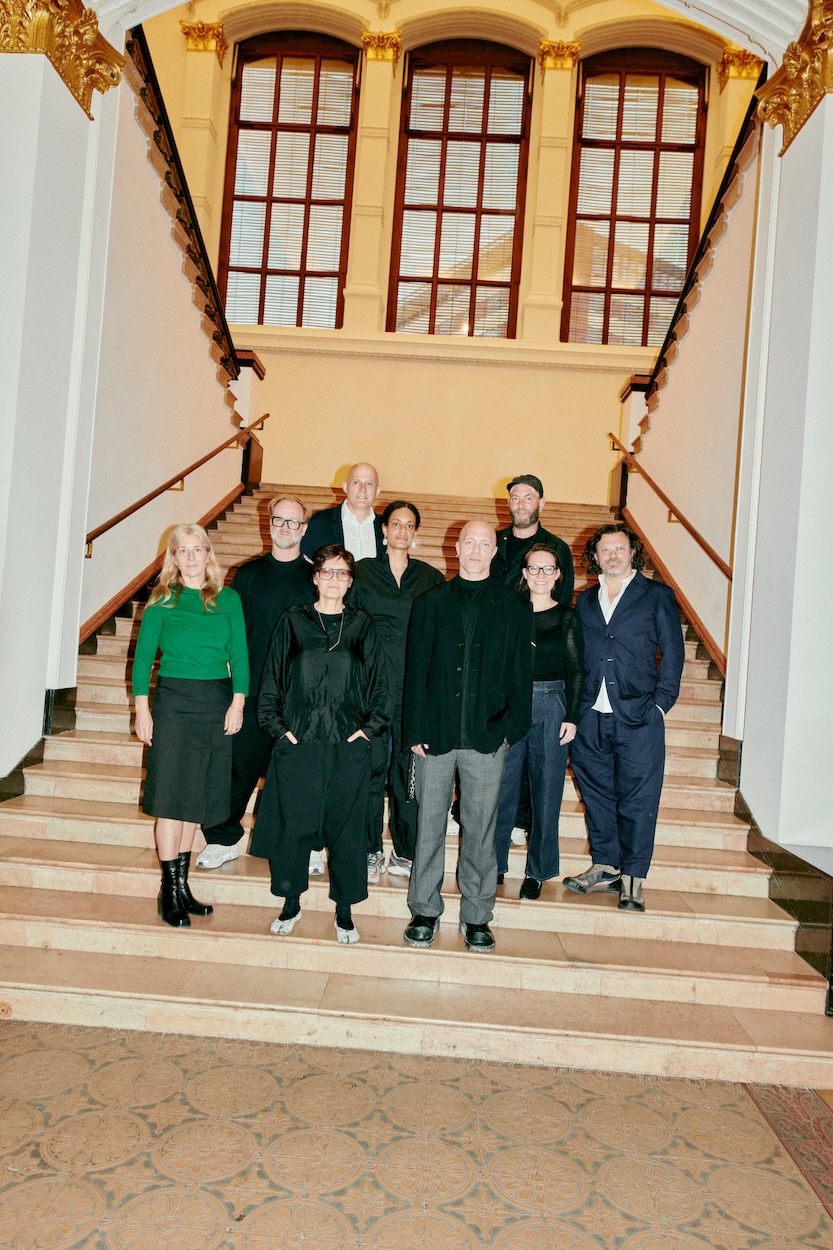
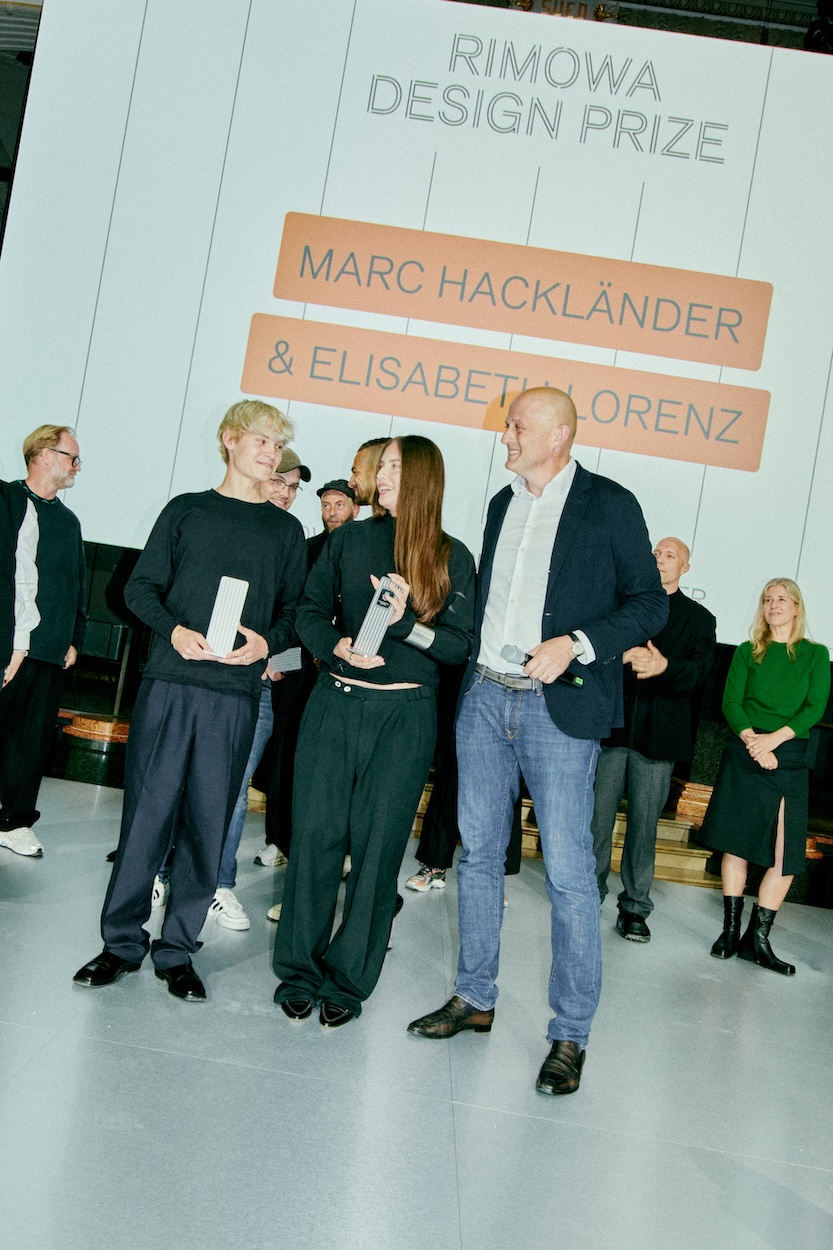
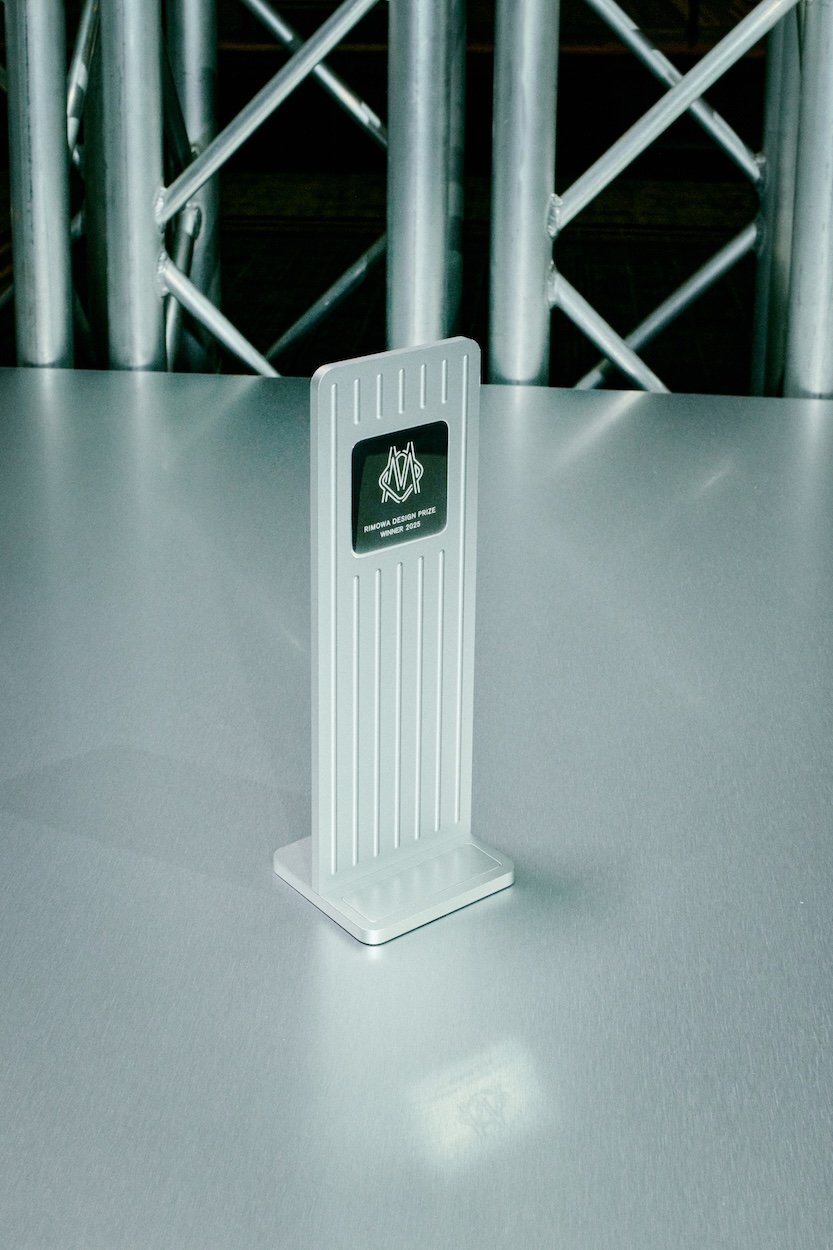
IN CONVERSATION WITH THE WINNERS OF THE RIMOWA DESIGN PRIZE 2025 IN BERLIN
Last night, the third Rimowa Design Prize award ceremony took place in the prestigious halls of Berlin’s Gropius Bau – a celebration of German design that supports emerging talent and gives young designers a platform to showcase their innovative work. The annual student competition, judged by a distinguished jury, resulted in seven finalists being honored for their groundbreaking projects.
First prize was awarded to Elisabeth Lorenz and Marc Hackländer from Hochschule für Gestaltung Schwäbisch Gmünd, under the mentorship of Nic Galway, for Hottie – a discreet, wearable device that supports people with periods by combining TENS (Transcutaneous Electrical Nerve Stimulation) technology with customizable heat therapy.
We spoke to the winners about their project, its importance for equality in daily life, and the mentorship experience through Rimowa.
Ann-Kathrin: What aspect of your project excites you the most – something you’d love to share with us?
Lorenz/Hackländer: It’s just fascinating to explore all these future possibilities – especially those offered by emerging technologies. Thanks to Rimowa we had this incredible opportunity to work with adidas and a small studio here in Berlin, which allowed us to use the potential of 3D knitting. It was a hands-on chance to understand how fabrics are constructed and how knits are formed – and just how complex the programming behind it really is. Even achieving something as simple as a rounded edge can be extremely challenging.
The idea that we can now create something so refined and second-skin-like using this technology – where all components come together in a single knit – is deeply inspiring for us. It’s something we’re excited to keep exploring further.
Comfort likely played a key role in this project, right?
Absolutely – the goal is for Hottie to feel like a true second skin. You shouldn’t even notice you’re wearing it. There’s no discomfort, no restrictions, and no pain thanks to the integrated technology.
In what ways does your project relate to mobility – the theme of this year’s Rimowa Prize?
The fact that no one should be restricted in their mobility during their period addresses a universal issue. Many women and menstruating individuals suffer from this. Simply being able to participate fully in everyday life, at any time, is what true equality really means.
We all know the people who are knocked out for a week and can barely do anything except lie in bed at home. But can you tell us again how the idea originally came about? What was the initial experience?
It all started as part of a university project in ergonomics, where the focus was on healthcare. We were interested in two main aspects. First, the universal experience, which we as designers felt was a great opportunity to find an effective solution. Secondly, being surrounded by fellow students was fantastic because it allowed us to learn, practice, and gather feedback. We could collect input from various people and understand different levels of pain they experienced. I believe it’s these insights that gradually shaped the project. We’re really grateful for that.
Do you get the sense that women’s health in general, which has historically been overlooked, is now starting to receive more attention, especially in terms of technological advancements?
Absolutely, that’s what we hope for. I would say that it’s definitely becoming much more relevant now. And we hope that we’re making a small contribution to that change. We want to inspire even more intelligent, creative individuals to do the same and, in turn, offer support to women who want to live more self-determined lives.
Did you have extensive dialogue with the women who tested Hottie during the development process? If so, what kind of feedback did you receive?
The feedback was incredibly positive, even with the first versions, which were still quite large. Back then, the product didn’t look like something you’d want to buy. The early prototypes were even filled with stones to simulate weight. Despite that, the comfort in that area of the body was always great. Now that the design is sleeker, it’s even better. You almost don’t notice it.
It’s clear that you placed great importance on the design, and that includes the packaging. It carries a lifestyle appeal, making the product feel less like a medical device and more like an object of desire.
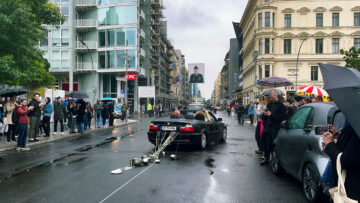
IN CONVERSATION WITH K8 HARDY
With "Trade", K8 Hardy brought a performance to the streets of Berlin’s Checkpoint…

The Freedom to Dream: La Verrière at Fondation d’entreprise Hermès
La Verrière, the exhibition space of the Fondation d’entreprise Hermès in Brussels,…
Words by Sina Braetz

IN CONVERSATION WITH DAVID KOMA
Blumarine, long synonymous with butterflies, chiffon and a distinctly Y2K aesthetic, has…
Interview by Chiara Anzivino